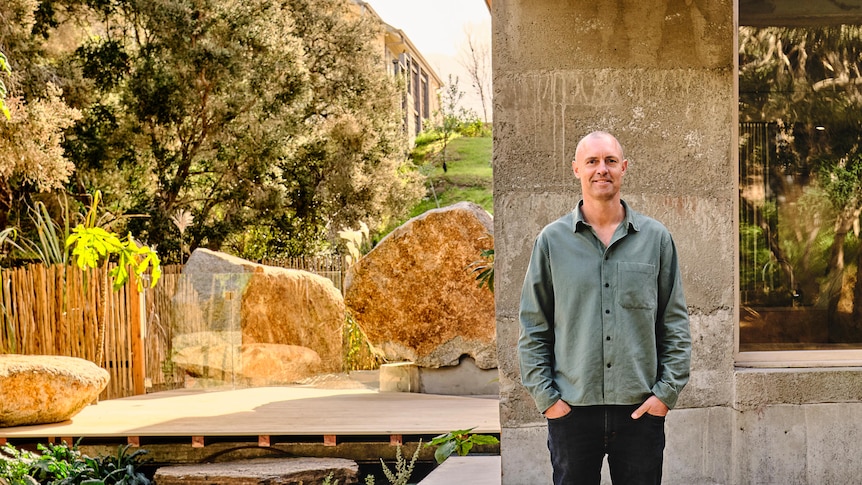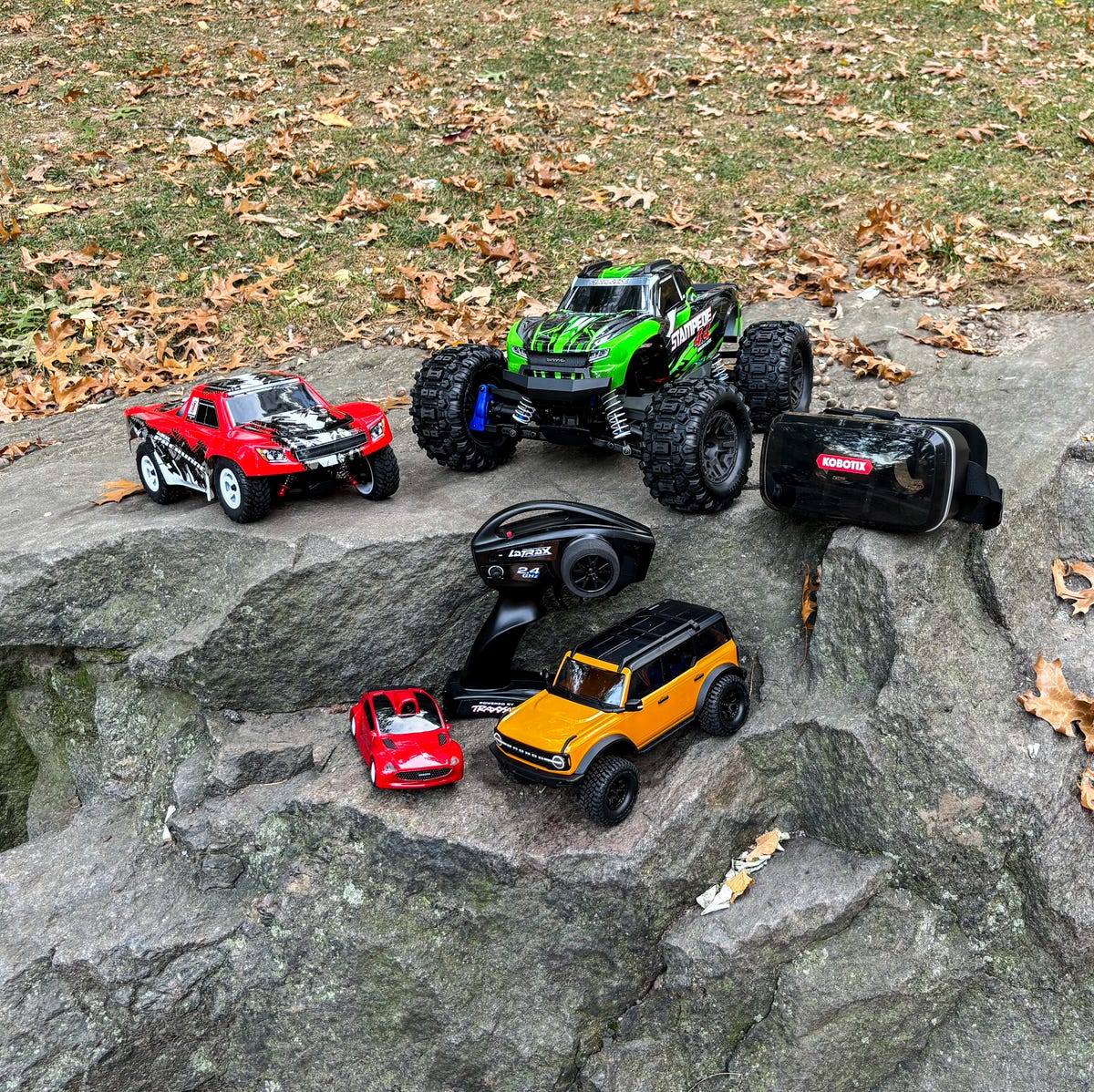Copyright abc

You need to get out of bed, but there's one big thing stopping you: it's the middle of winter and your house is freezing. Ryan Moody said goodbye to mornings like these in May. Just before another biting winter in Rye on Victoria's Mornington Peninsula, the architect/builder moved into his biggest project yet — a "passive" home three years in the making, documented on the latest season of Grand Designs Australia. Certified passive houses — or Passivhaus as they're called in Germany, where the standard originated in the 1990s — use very little energy thanks to high-performance design, and yet they maintain a temperature between 20-25 degrees. "The floors, walls and ceilings are all more insulated than a standard house," fellow Melbourne-based architect Imogen Pullar explains. "They have high-quality windows, they're draught-free buildings that are near air-tight, and they have 24/7 fresh, ventilated air. According to the Australian Passivhaus Association, there are already about 70 certified passive homes in the country, with "at least a few hundred more" being built. So, what's it like to live in one? About five months after moving into his Rye Cave, we caught up with Moody to find out if all the hard work to achieve certification was worth it — and whether there's anything those of us without millions to spend on a new-build can take from passive house principles. Passive houses are renowned for their warmth and sustainability, and Moody gets why. "Without any heating, it feels easy to slide out of bed and start your day," he says. But Moody thinks their noise cancelling capabilities deserve just as much attention. "A lot of external traffic noise is cancelled out when you have triple-glazed windows in an air-tight home," he says. "I have skylights and I love the sound of rain on the rooftop, but if I didn't have those skylights I wouldn't hear it at all." He's also a fan of the heat recovery ventilation unit (HRV) that keeps his passive house at a consistent temperature. But that isn't all they do. Pullar explains HRVs provide fresh filtered air, "which means things like bushfire smoke, pollen or pollution don't make it into your home, and any stale air from the bathroom or kitchen with cooking smells or similar is removed". "This can really help," Moody adds, "especially for people with allergies or asthmatics." Passive houses have a reputation for being more expensive to build. "It's generally around 20 per cent more," says Moody, who went into his project expecting to spend $1 million, but parted with twice that amount — in part because of rising construction costs and the size of his home. Pullar adds that many passive house components need to be imported, which increases prices. And certification adds complexity. "At the planning stage, everything gets calculated to make sure the energy that will come into the house will maintain the [building's temperature]," she explains. The drawings must then be signed off by a passive house certifier in addition to the usual planning approvals, limiting flexibility. Pullar says putting in a skylight mid-build that wasn't previously accounted for, for example, could throw the performance of the entire house out of balance and make certification more difficult or costly to achieve. Near completion, the passive house certifier returns to ensure the build has been constructed according to plan and the house isn't leaking too much air. Moody's house didn't pass this test at first. He was fortunate enough to find an open window responsible, but not everyone is so lucky, and Pullar says leaks found after cladding has been installed are challenging and expensive to rectify. The misconceptions With all the talk about passive houses being extremely air-tight, many people assume you can't open their windows, but Moody says this isn't accurate. "There's nothing against opening up windows or doors in a passive house at any time of year, whether it's winter or summer," he explains. And they don't all have to look the same — Moody's Rye Cave, with its towering boulders, curtains as room dividers and hammock floors, is proof of that. The idea that passive houses need to be new-builds is another falsehood; existing homes can be retro-fit to certified level or slightly less. The takeaways Despite the extra work — and his passive house build taking three years instead of the anticipated 12 months — Moody says the "hard labour is becoming a distant memory" already. While he acknowledges the payback period for the extra upfront costs is a long-term game, he argues financial modelling can't account for the benefits of living in a passive home, "like air quality and the comfort of it all". And yet, building to passive house certification level is likely cost-prohibitive for most people. There is, however, an alternative: the high-performance home. "This is a term used to describe a home with a higher level of insulation, glazing and cladding than a [traditional one], so it's going to be a lot more comfortable, without the larger financial pressures," Moody explains. It's not all about the big changes, though. When combined with other adjustments, Pullar suggests smaller tweaks such as getting out the caulking gun and filling in gaps and cracks can have a significant impact. Grand Designs Australia



